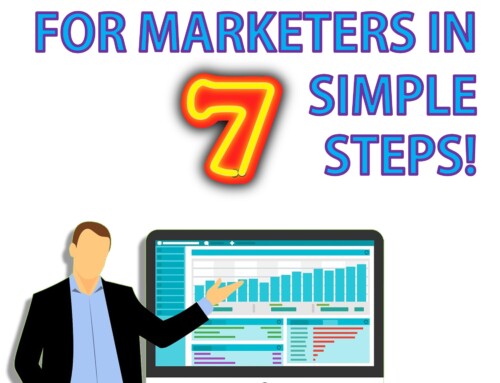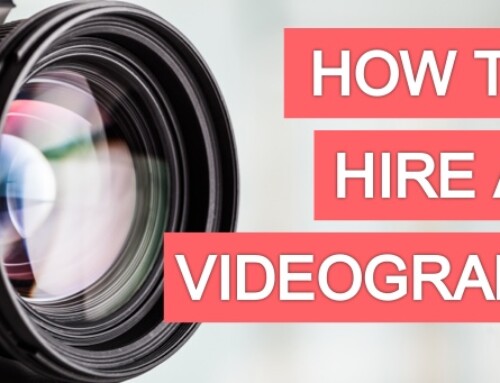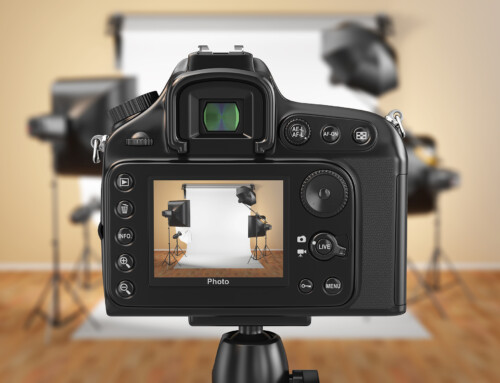Now don’t get me wrong with the title of this article. I do think that the data you collect on your customers can be eye-opening and enlightening. However, too many companies have a tendency to not look at the anecdotal data because it is considered more an opinion than an absolute. However, I find that sometimes by engaging your customers with a friendly conversation, you can find out mountains of meaningful information that you might not get otherwise. Also, you can better interpret your hardcore analytical data and perhaps make some valid assumptions about your customers’ buying behaviors. So how easy is it to gather anecdotal data? Well, start at a trade show, where you have a captive audience. Here are a few tips to help you engage your customers at your exhibit booth.
Step 1. Be attentive at your exhibit booth.
I attend a lot of trade shows and I’m still dismayed when I go up to a company’s exhibit and I get ignored. The personnel are either talking to each other, on their phone, or checking email on their laptop. Needless to say, it does not make me feel welcome. As an alternative, make your exhibit inviting. Don’t have tables blocking the entrance. When visitors walk down the aisle, greet them, smile, and say hello. Ask if you can help them. Why not even ask what there interests are, their background, who they work for, etc. Once they are in your booth, show them around your products on display. Ask them a few questions to determine what their interests are. It’s really pretty simple. Just be your charming, engaging self.
Step 2. Ask pertinent information.
Once you’ve engaged the prospect/customer, start asking probing questions. You want to ascertain if your products are a fit for this customer. You may think most booth visitors are just lookie-loos, but you could be wrong. Their company paid a lot of money for them to attend the conference and they expect them to bring back information on the latest technology in their industry. If there seems to be an interest, ask them what their timing is for purchase, ask them to explain their purchasing process, and find out if they are the decision-maker. Find out if they are an existing customer and already know your company’s reputation. Hopefully, it’s a good one. You’ll be surprised what you learn in just a few minutes. You are now developing a rapport with the prospect.
Step 3. Please, please complete a lead form.
And, yes, lead machines and forms are there for a reason. Do not, I repeat, DO NOT, forget to scan in the customer’s badge, or if you have a paper lead form, please fill it out and write notes about all of the wonderful information you just discovered about this customer. I know some of you sales people don’t want to fill out information for customers who are in another salesperson’s territory, but if you do it, then your counterpart hopefully will do it for you at the next trade show. And, after all, these are not your prospect/customers, they belong to the company that you work for. The whole goal is to get a sale for the company. Don’t worry, you will benefit, too, if all sales personnel do the same for each other.
Step 4. Follow up after the show.
This step is critical. So, you had a great time chit-chatting at the show with all of these potential customers but now they are left high and dry. What kind of image does that project in the prospect’s mind? Simply write an email and thank the person for stopping by the booth. Or better yet, write a hand-written thank you note. You’ll be surprised how it helps you stand out from the competition. If the customer is in your neighborhood, set up an appointment for coffee or lunch to see if you can be of any help to solve a problem they may have. Show them how your product or service is the perfect solution.
And make sure you add all of the information you got at the show into your sales database, whether it be Salesforce.com or some other CRM. Tracking even the anecdotal information, will really help you know the customer better and will help your Marketing/Social Media Department target the proper content to their needs.






